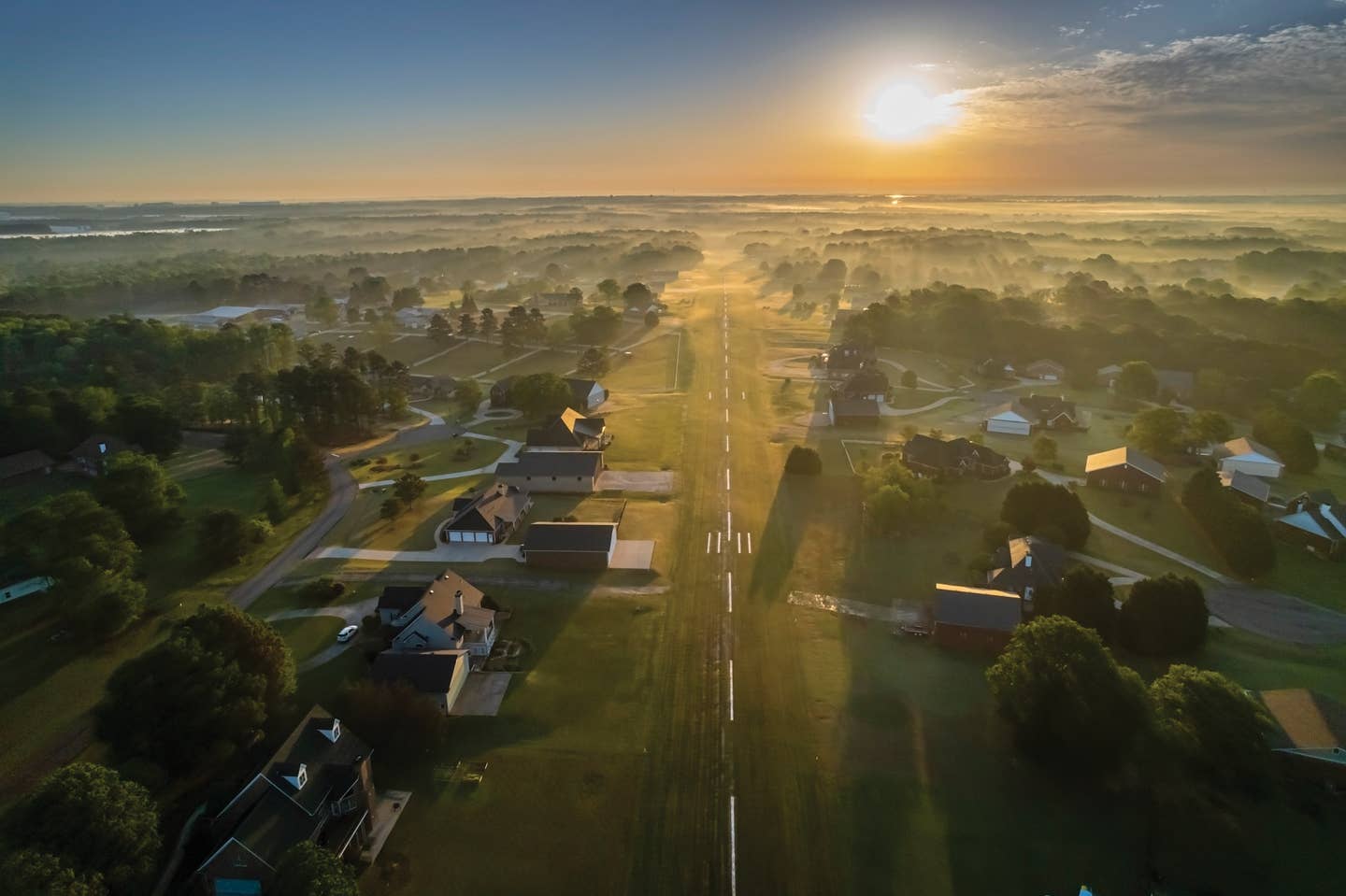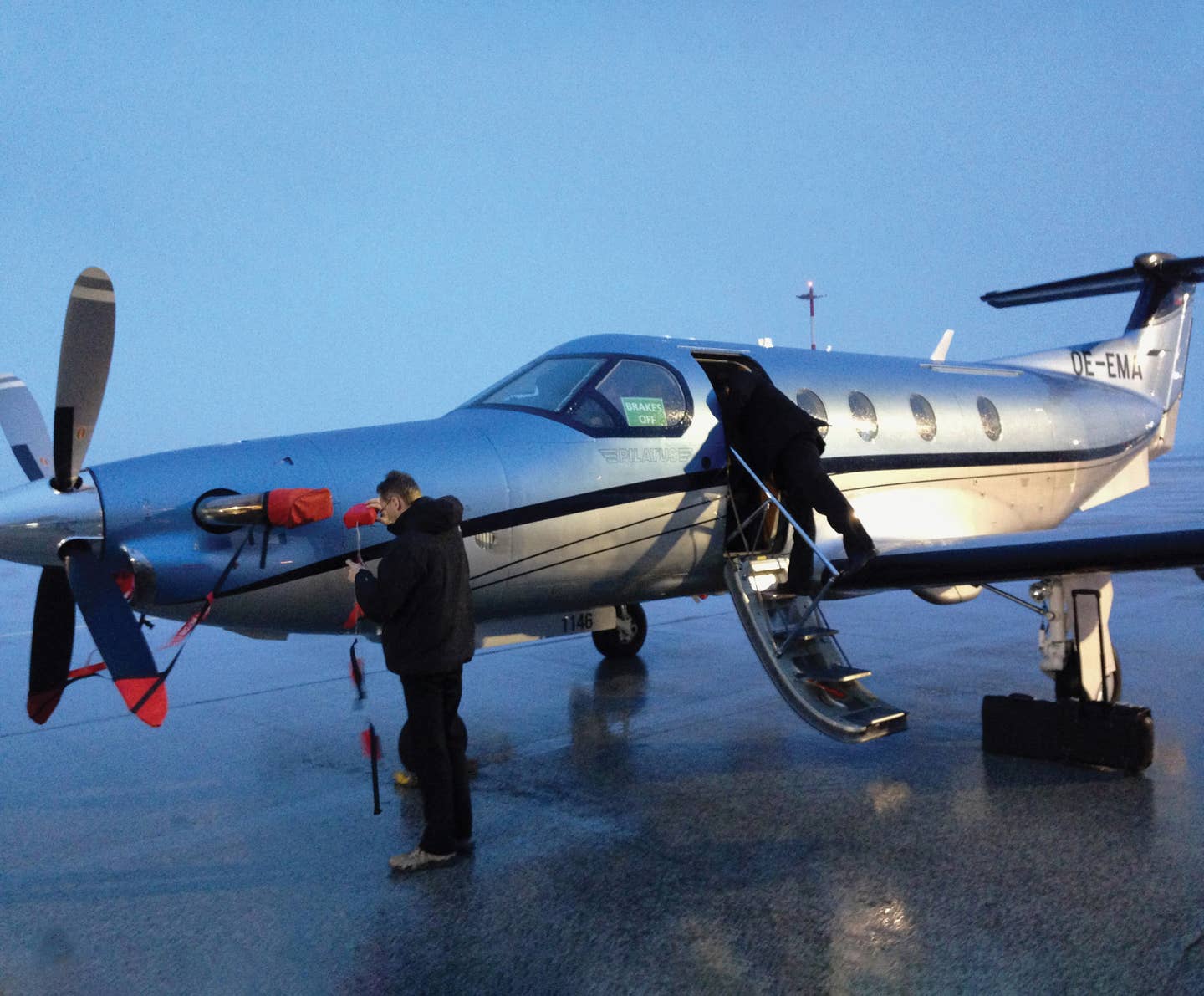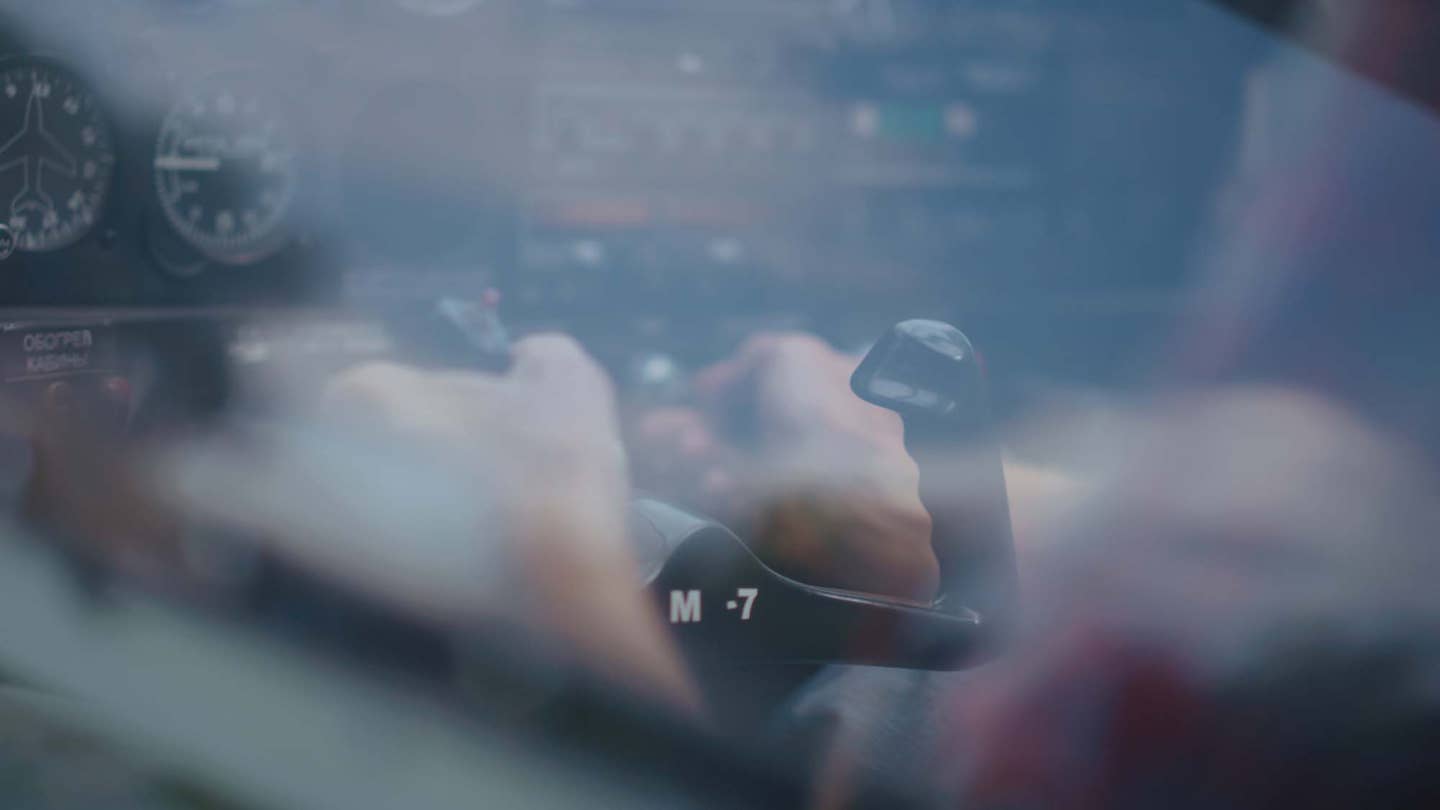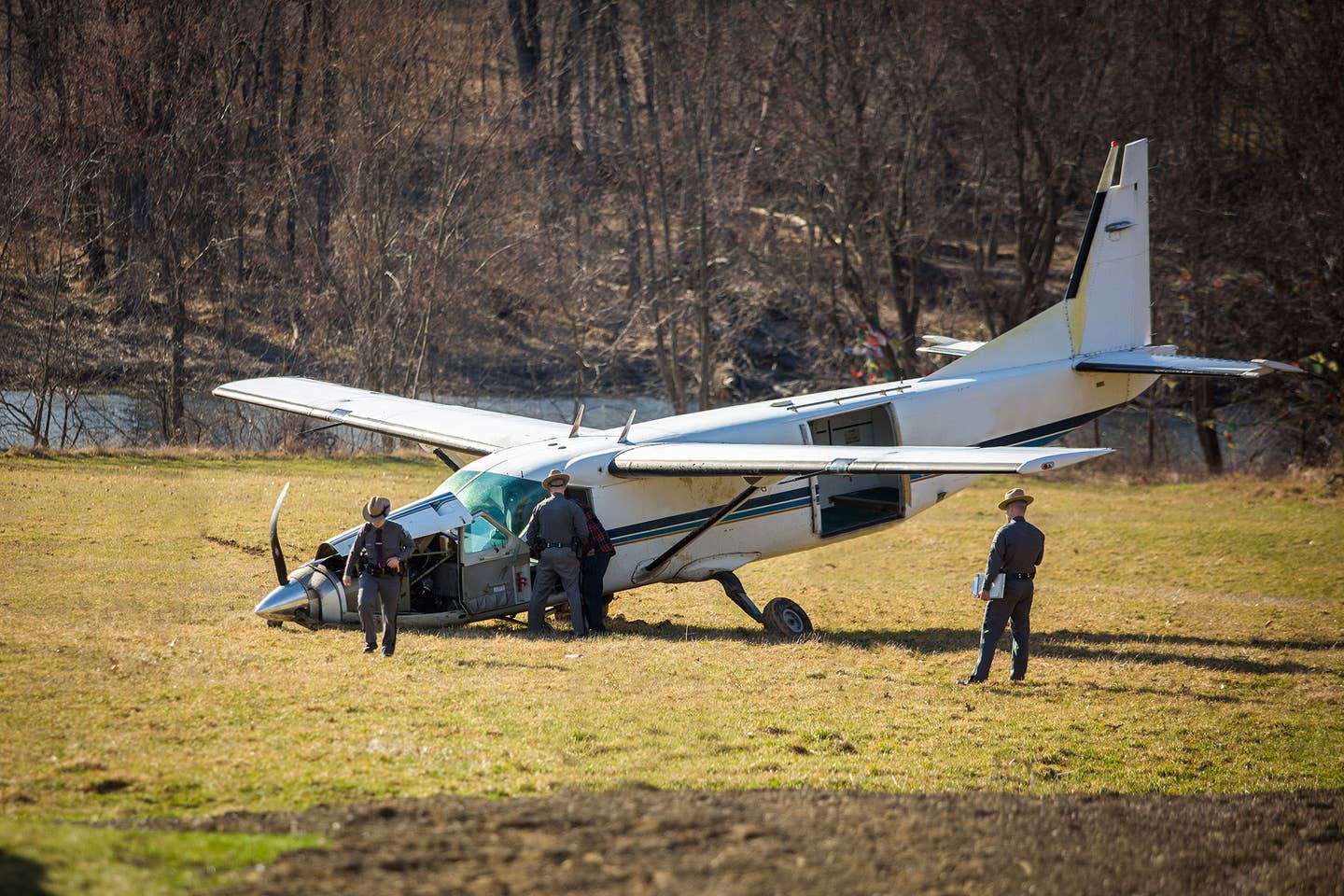The Homebuilt Aircraft Advantages And Other Considerations
Experimental amateur-built aircraft offer a lot to both builders and buyers. But you need to understand what tradeoffs the design embraces and what that means to you.

A Wheeler Express composite kit plane taking off at Oshkosh. Photo by D. Miller via flickr
Conversation around our airport hangar crowd generally rotates among favorite subjects covering lots of aviation topics. More often than not, it will include discussion of what this or that airplane is like, which one does this or that best, which one is the top performer---topics that generate strongly held opinions, ones frequently founded on speculation or hearsay rather than fact.
And then someone will say, "What about homebuilts?," and I feel eyeballs turn toward me, as the aged arbiter of aviation argumentation. Truthfully, I've only flown a few dozen homebuilts, out of the hundreds of amateur-built experimental designs out there, so I'm hardly an expert. But I am nevertheless emboldened to render a broad-based opinion, although it's probably delivered sharply enough to offend some of the hearers in the group.
"Homebuilts are!different," I'll begin. "There are no surprises, and very few breakthroughs, when it comes to light aircraft design. Every airplane is a compromise; if you want more of this, you have to give up some of that. Homebuilts simply cut across some of the barriers imposed by mass-market appeal and FAA certification standards.
"The freedom to build and fly something that doesn't meet standard certification simply means that an airplane licensed in the experimental-amateur-built category (EAB) will probably fly differently than the normal/utility category bus you rent from the FBO. Its performance is usually optimized toward a certain criteria that were important to the designer and builder, and you'll see sacrifices in other details to achieve that end.
"The go-like-hell crowd will subscribe to the Great Big Engine/Little Bitty Airplane concept, something that would have never been available in the certificated marketplace because not too many people want to go fast at all cost. Or, in other cases, experimental-aircraft builders will shift toward a small, low-cost alternative engine, as a basis for flying reasonably fast and cheap. That engine won't be seen in a certified airplane, and the plane might be too small to fit much of the population."
But, They Say It Will!
By now, one of the assemblages will say, "But what about the XYZ SuperFlash? It does 200 knots on 10 gph and is fully aerobatic to boot." I'll have to issue some disclaimer about the difference between the 200 mph stated in the brochure and the 230 mph implied by his statement, and then note that we have to analyze what is meant by "fully aerobatic." Like full-IFR, that claim is frequently subject to interpretation.
At the foundation, I posit, is the whole point of the EAB category. Homebuilding is about freedom; freedom to build what you want, using whatever materials you choose, to achieve whatever point you want to make. The category was established to support building airplanes for personal education and enjoyment rather than commercial practicality. Because homebuilders are free to build, modify and change their uncertified aircraft as they wish, repeatability is not guaranteed. If the advertisement says "200 mph," it probably means one specimen may have achieved that benchmark at least once, but an average clone, likely modified with extra elbow room and weight, won't get there. Claims and representations, in EAB aviation, are somewhat speculative targets. It's not fraud, per se, it's just that a design's projected performance, empty weight, build time or cost is based more on best-case intentions rather than an average of numbers achieved out in the field.
In enjoying experimental amateur-built aviation, we are free to exchange our building efforts for a factory's production line, cutting the cost considerably unless we try to achieve showplane perfection. However, to obtain these savings, one has to discount the hours and years spent building. If you have the time and skills, it's a great tradeoff.
And then there's freedom of expression. A homebuilt airplane is like a blank canvas; we can sketch out pretty much anything we want, putting our own stamp on a design, so long as it doesn't endanger passengers or the populace below. Even CNC-engineered, kit-supplied airplanes are open to modification, within reason, so if we want extra-thick seats, smoke-tinted canopies, drooped wingtips, etc., EAB allows this freedom.
Enjoying this flexible approach to aviation results in aircraft that don't always fly predictably from one example to another, and they probably work well for one purpose and not for others. Aircraft design, and modification of a design, is all about compromise; as we said, to get more of this, you have to give up some of that.
So, What's The Difference?
If there is a generalization to be made regarding EAB aircraft, it is that control response will likely be more sensitive than what we experience in standard production planes. Flight controls can utilize unconventional creations like overhanging center-cockpit stalks or side-mounted sticks, with regular joysticks prevailing over control yokes. On the first takeoff in a homebuilt, you should be ready to use light input pressures, anticipating that the controls will be more sensitive and powerful than what's allowed in certificated airplanes.
Tailwheel landing gear is more fashionable in homebuilts than in airplanes built for the mass market, and typical characteristics like diminutive size and faster touchdown speed result in such homebuilts having runway handling that's a notch above the Citabria you might have used to get your tailwheel endorsement. Practice some taxiing and braking before you launch off for the first landing.
Don't expect to find a certified flight instructor ready to do a checkout in your newly acquired homebuilt. The average CFI knows little about the type or category involved and often can contribute nothing but an evaluation of your ability. If the aircraft is a popular kit airplane that has factory support with training available, you'd be well advised to spend the money to travel to the plant or bring the factory pilot to your location. Among unsupported designs, seek the counsel of other owners and builders. Even if the homebuilt airplane has dual controls, there often is only one set of brakes, and rear-cockpit instrumentation may be lacking, further impeding a checkout.
Because of the customized nature of EAB aircraft, it is vital to go over all the paperwork and logs before flying. Operating limitations are issued when the special airworthiness certificate is awarded and, when the initial flight Phase 1 test hours were being flown, documented data should have been gathered to supplement the often-sketchy information in brochures and blueprints. Weight and balance limitations can be critical for a small homebuilt; the specific numbers for the individual airplane should be in the paperwork, providing the basis for working out best and worst cases before flying. Particularly beware of aft-CG loading's effect on stability.
It's critically important to watch for "customized" features when flying someone else's handiwork. Fuel systems seem to be particularly attractive targets for tinkering, as extra tanks and valves are often installed, perhaps requiring transfer pumps or maybe just gravity feed. The gauging and venting need to be understood as well as the order of usage from individual tanks.
Watch out for unlabeled switches and knobs. In vintage homebuilts, a feature may be removed by simply disconnecting wires or cables, but the old control will be left in place, replaced by a newer one somewhere else. All inoperative items should be so labeled, and every control needs to be identified by title and function ("Cabin Heat-Pull Hot"). Before flying, know what does what and put temporary reminder labels in place to keep things straight. Know which way the trim knob turns for nose-up and what the limiting speeds are for the flaps and gear rather than relying on memories of a briefing.
Keeping The Chain Intact
The original builder knew the characteristics and features of his or her airplane intimately, but this tribal knowledge may have been lost. As the distance of years and ownership changes add layers of insulating confusion to a homebuilt, some test flying may be required to re-establish a basis for safe operation. Document the findings in well-logged entries, both for the airplane's records and your own notes, as well as for the benefit of whomever you might sell the plane to down the road.
It is important to understand that experimental amateur-built aircraft are individuals. Because they did not flow down a frozen-type production line, each one bears the stamp of its maker as well as the designer. The wonderful freedom to fly a creation of one's own hands carries with it a responsibility to other persons who may someday fly what began as your personal aircraft.

Subscribe to Our Newsletter
Get the latest Plane & Pilot Magazine stories delivered directly to your inbox






